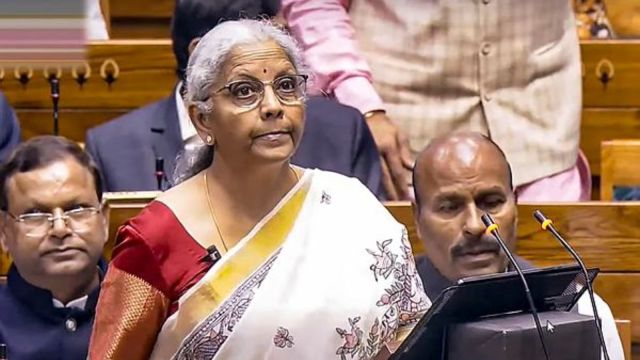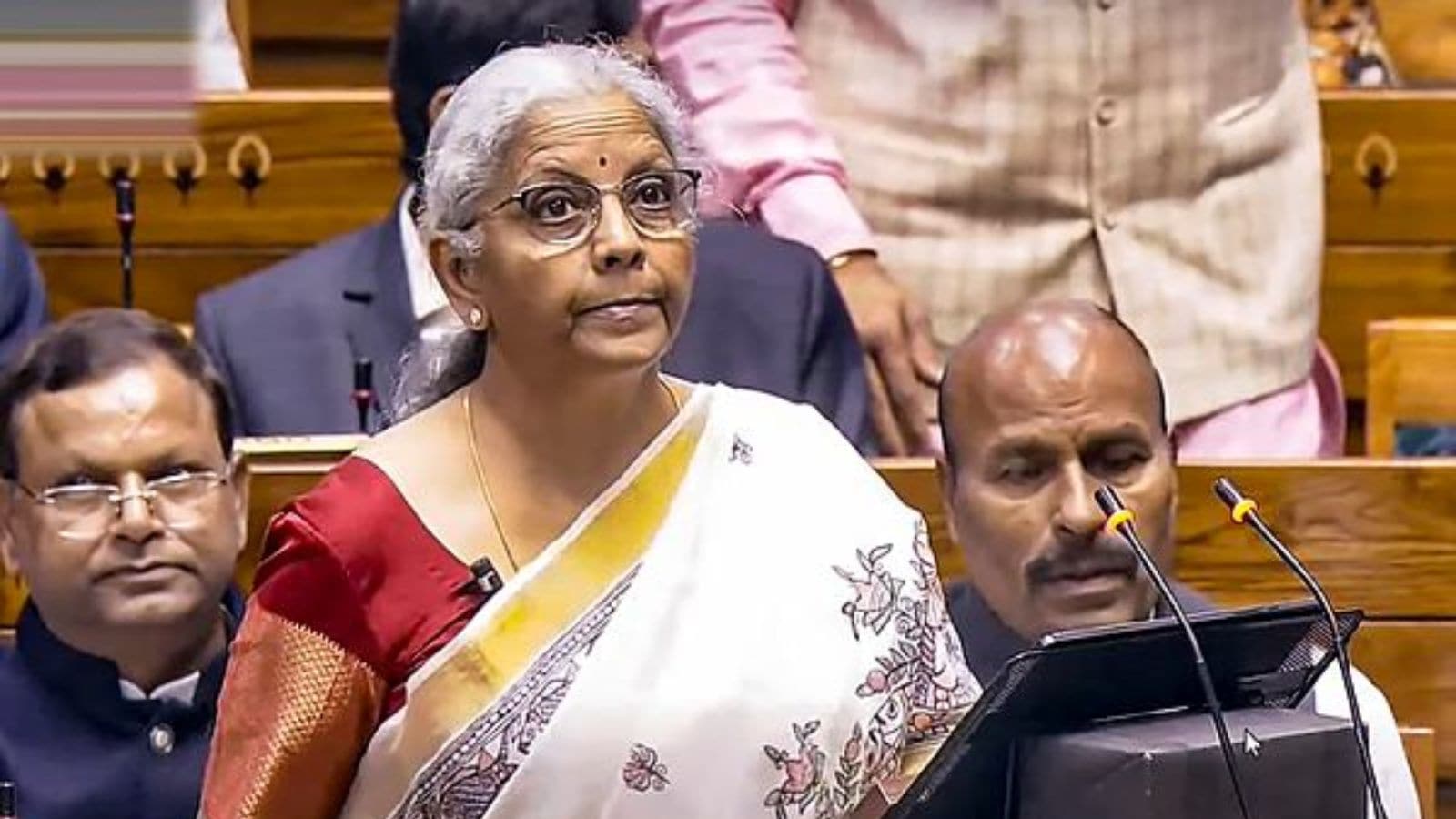

Rahul Agarwal
Feb 1, 2025 20:05 IST First published on: Feb 1, 2025 at 16:51 IST
Against the backdrop of worsening domestic growth outcomes, the Union budget for FY2026 has provided significant relief on personal income taxes and raised capital spending moderately, while also sticking to the fiscal deficit target. Overall, the government has presciently stuck to its broader fiscal policy objective of improving the quality of public spending, while continuing on the path of fiscal consolidation.
The relief on the personal income tax front is quite sizeable, with individuals having an income up to Rs 12 lakh now being effectively exempt from taxes under the new tax regime as against Rs 7 lakh earlier. Besides, the tax slabs have been raised across the board, which would benefit all taxpayers. This measure, along with the anticipated decline in food inflation, would play an important role in augmenting urban demand in FY2026, which has been quite uneven over the last few quarters.
Story continues below this ad
However, given the large relief, these measures are also likely to compress the growth in income tax collections (excluding STT) in FY2026, which has been pegged at 13.1 per cent, over the 18.9 per cent growth estimated for FY2025. This assumed growth is slightly optimistic, and the GoI could likely see some shortfall on this account. Other than this, the assumptions for other taxes seem to be reasonable.
The capex target for FY2025 has been pared down to Rs 10.2 trillion in the revised estimates (RE) from the budget estimates (BE) of Rs. 11.1 trillion, although this is somewhat higher than ICRA’s expectations. This suggests an implicit growth of about 21 per cent in Q4 FY2025 following the impressive 48 per cent growth in Q3, which was driven predominantly by the near doubling of such expenditure in December 2024. Although this is high, it seems to be achievable and would aid in supporting economic activity in the quarter.
On top of this 7.3 per cent growth projected in FY2025, the government has pencilled in a 10.1 per cent increase in its capex target to Rs. 11.2 trillion for FY2026, which is largely in line with our expectations, and marginally higher than the aforesaid original budgeted target for the current fiscal. Similarly, within capex, the government has increased the allocation for the 50-year interest-free loans to state governments for capital expenditure to 1.5 trillion in FY2026 from Rs. 1.25 trillion in FY2025 RE; notably, this is the same as the current year’s BE.
Story continues below this ad
While the year-on-year (YoY) hike in the Centre’s capex is relatively moderate compared FY2022-24, it has enhanced the Grants in Aid for creation of Capital Assets by a massive 42.4 per cent to Rs. 4.3 trillion in FY2026. Including this, the GoI’s effective capital expenditure has been budgeted to expand by a robust 17.4 per cent to Rs 15.5 trillion in FY2026, which would play an important role in boosting investment demand and GDP growth in the next fiscal. This amounts to a record 30.6 per cent of its total expenditure, up from 28.0 per cent estimated in FY2025 and pre-COVID levels of ~19-20 per cent. This points to a continued improvement in the quality of government spending.
most read
Notably, the budget also projects the CPSE’s Internal and Extra Budgetary Resources (IEBR) to expand by a healthy 12.9 per cent to Rs 4.3 trillion in FY2026 over the revised number for FY2025. This along with the effective capex of the GoI amounts to 5.5 per cent of GDP, as against 5.2 per cent estimated in FY2025.
Finally, the budget has indicated that the GoI’s fiscal deficit will remain flat at Rs. 15.7 trillion in FY2026 vis-à-vis FY2025. However, as a percentage of GDP, it is expected to moderate to 4.4 per cent from the lower-than-budgeted amount of 4.8 per cent in FY2025. Besides, the quality of the fiscal deficit is set to improve, with capex accounting for a larger share of the same as compared to the previous fiscal.
The writer is senior economist at ICRA.



